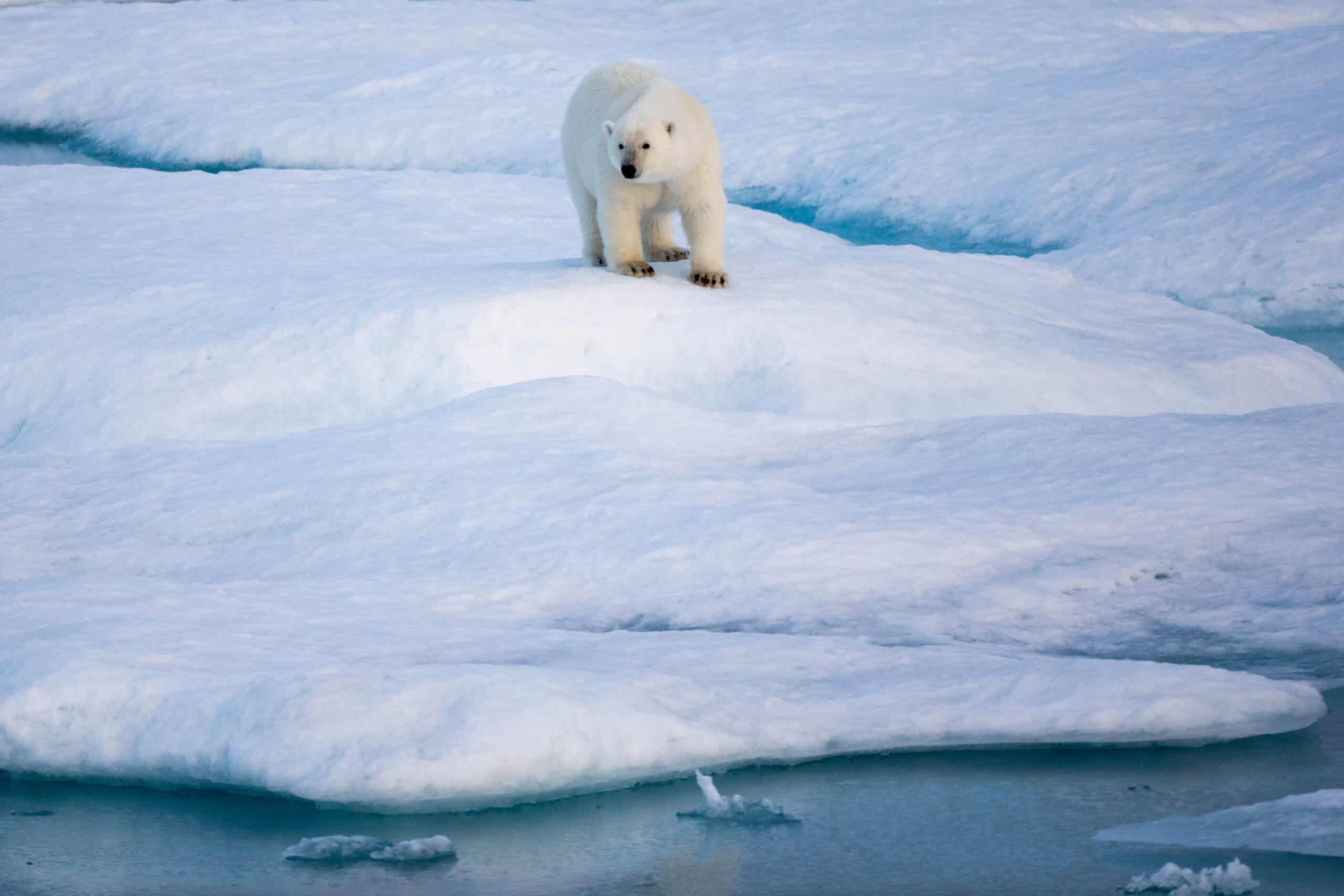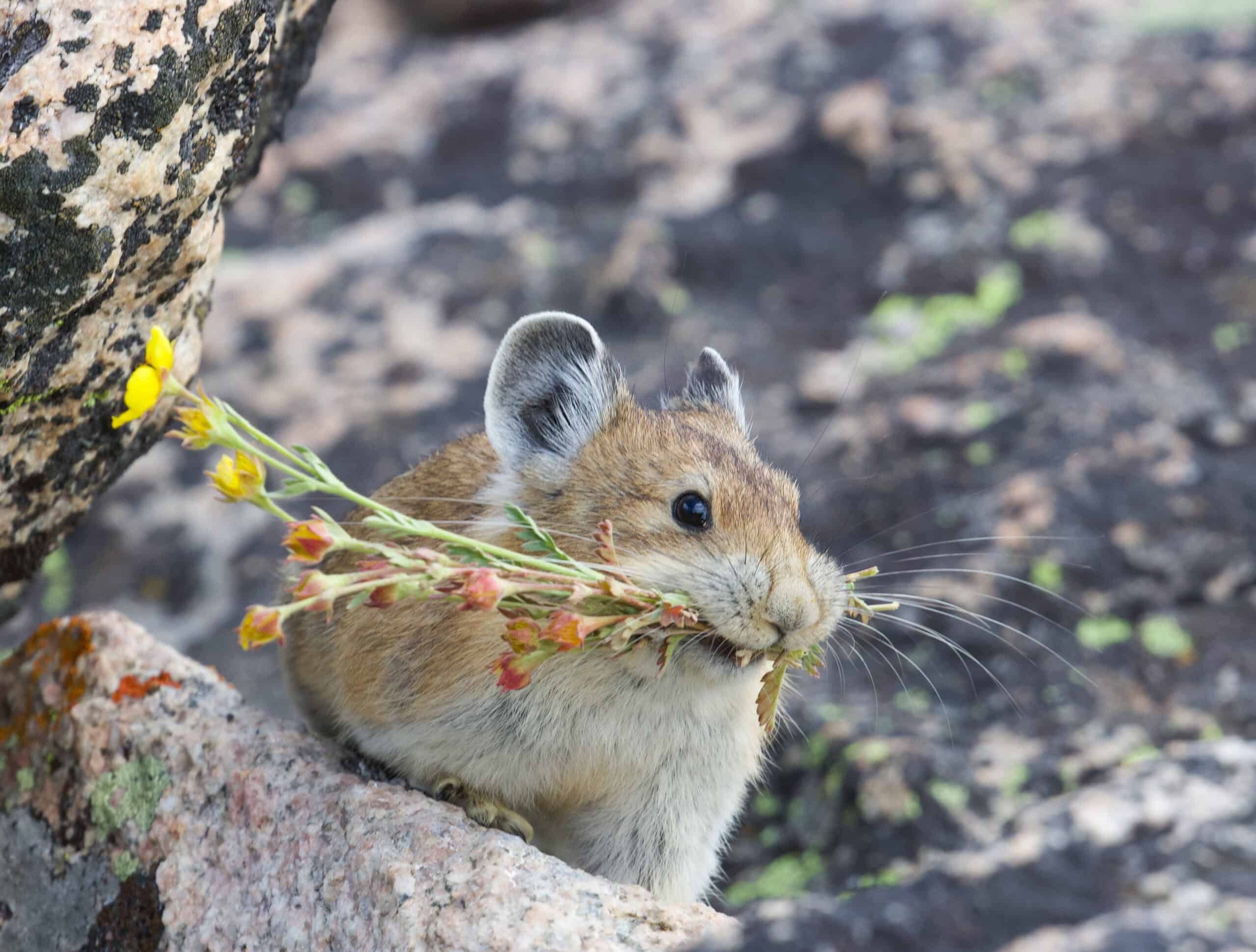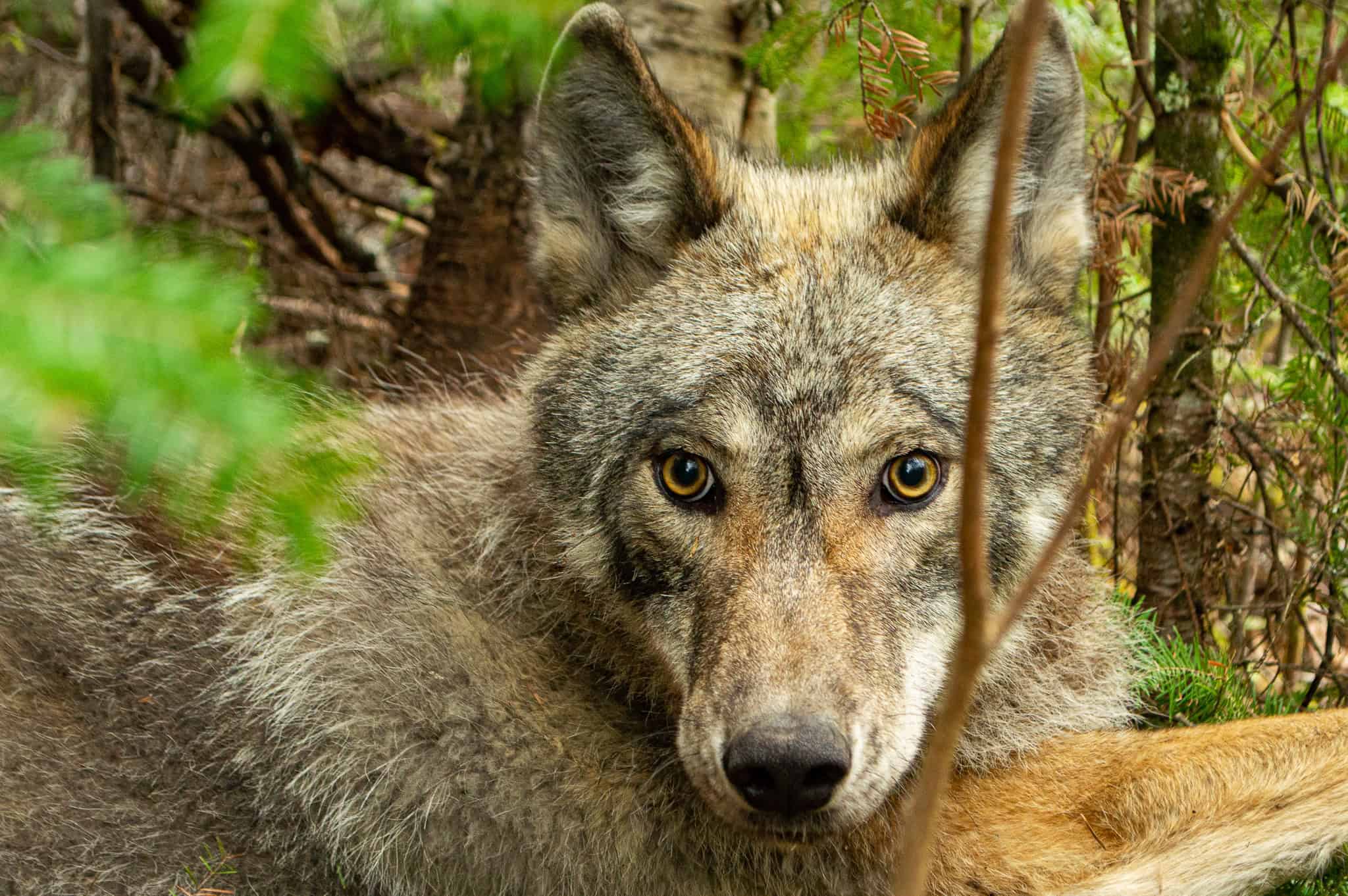Share this article
Wildlife Featured in this article
- Polar bear
Climate is shifting 4,000 years of polar food stability
Archaeological remains reveal how the Canadian Arctic’s food web has changed
In some ways, the food web of Lancaster Sound in Nunavut, Canada, doesn’t seem like it has changed much in 4,000 years. Polar bears still sit at the top, relying mostly on seals to sustain them. The seals feed on cod and other large fish, which in turn consume krill, arthropods and other small zooplankton. The zooplankton feed on phytoplankton and algae that grows on sea ice.
But one element at the very bottom of the food chain has changed over that time, and although it seems insignificant, it may affect the entire web. A team delving into ancient archeological finds discovered that the proportion of phytoplankton to algae has seen a major shift, which could work its way all the way back up to polar bears.
“[Polar bears] are the apex predator in their food web, so there is evidence of the food web from bottom to top by looking at them,” said Jennifer Routledge, a PhD candidate in environmental and life sciences at Trent University in Ontario.
Ancient harvest
Routledge, who studied archaeology and anthropology in her undergraduate and master’s degrees, had 45 polar bear bone samples collected from archaeological sites dating back 4,000 years. These samples were associated with human sites from the Thule, Dorset and pre-Dorset cultures that occupied the sound between Baffin and Devon islands during different periods in the past. The evidence revealed that polar bears were consumed by these people, as were the caribou (Rangifer tarandus), seals and other wildlife whose remains were found at the site.
For a study published recently in Anthropocene, Routledge and her colleagues analyzed the carbon and nitrogen isotopes stored in these ancient remains and compared them to those of modern-day polar bears found in Lancaster Sound collected by Routledge’s colleague Markus Dyck, a polar bear biologist who was later killed in a helicopter crash. Carbon and nitrogen isotopes carry unique signatures that scientists can analyze to determine what a predator eats—even the food that the prey eats. The higher the organisms sit on the food chain, the higher the ratio of nitrogen isotopes.
“You get very high nitrogen from polar bears,” Routledge said.
Comparing nitrogen ratios between modern polar bears and ancient polar bears, the researchers found that nothing had changed. The bears back then were eating the same things, in the same quantity, as they are now.
Battle at the bottom
What had changed was the ratio of the base of the food web. Four millennia ago, the isotopes revealed a much higher proportion of alga that typically grow on ice, and less phytoplankton. In the modern samples, the proportion of ice algae has dropped significantly compared to phytoplankton.
While the total amount of phytoplankton and ice algae, when added together, hasn’t changed, the amount of each has shifted. This is important, Routledge said, as it reveals how much the environment of Lancaster Sound has shifted due to recent climate change-related sea ice loss.
Their 45 samples spanned a number of climate fluctuations over four millennia, including the Medieval Warming Period, an era associated with shrinking sea ice in the Arctic and North Atlantic between 950 to 1250 A.D.
“What happened in the past didn’t unsettle things in the way that we’re seeing now,” Routledge said.
The loss of ice means more than just a shift on the base of the food web for polar bears. The Lancaster Sound subpopulation is currently stable, Routledge said, but the loss of sea ice could cause a problem down the road.
“Polar bears have a very hard time hunting in any other way but are well adapted to pierce into these ice dens,” Routledge said. “So, the loss of ice is a loss of hunting habitat for the bears and a loss of denning habitat for their prey.”
Header Image: The base of the food chain has shifted in the Arctic, which may affect polar bears. Credit: Se Mo








